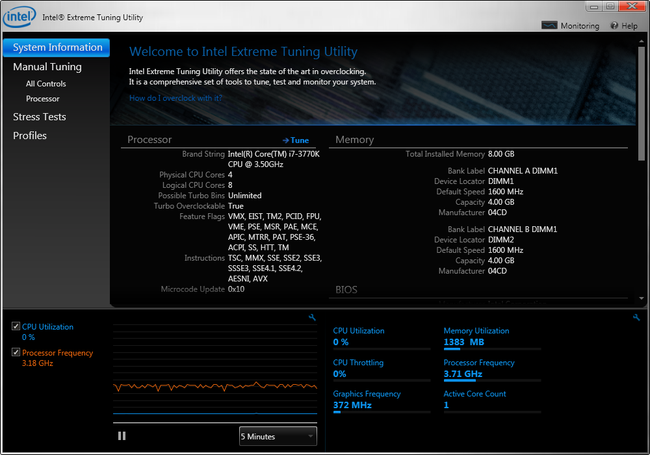
Take a moment to explore your BIOS and become familiar with the different categories of settings. So restart your computer and enter your BIOS-usually this involves pressing "Delete" or "F2" as the computer boots. I recommend a large dual-tower heatsink-like the Cryorig R1 Ultimate CR-R1A (Opens in a new window)-or even a liquid cooling loop for best results.īefore overclocking, it's a good idea to get a benchmark of where your computer stands without extra frequency. If you're using the Intel cooler that came with your processor, you probably shouldn't overclock-at the very least, you'll want a bigger, third-party tower heatsink.
A beefy CPU cooler: Overclocking, by its very nature, makes your CPU run quite hot. Some motherboards also have extra features that make overclocking easier or let you push your CPU farther-see step five below-while others may only let you push your CPU a little bit. A motherboard that supports overclocking: For recent generations of Intel processors, that means a motherboard with a "Z" chipset, like our Asus Z370-A Prime (Opens in a new window). 
(For our trials here, we used the i7-8086K in a pre-built PC from Velocity Micro that we recently reviewed, the Raptor Z55.) There are ways to overclock some non-K CPUs, but Intel's K CPUs are designed with overclocking in mind, so we'll be sticking with those.
A CPU that supports overclocking: Generally, that means one of Intel's unlocked "K"-series processors like the i7-8086K ($649.95 at Amazon) (Opens in a new window) we're using in today's guide. How to Set Up Two-Factor Authentication.  How to Record the Screen on Your Windows PC or Mac. How to Convert YouTube Videos to MP3 Files.
How to Record the Screen on Your Windows PC or Mac. How to Convert YouTube Videos to MP3 Files. 
How to Save Money on Your Cell Phone Bill. How to Free Up Space on Your iPhone or iPad. How to Block Robotexts and Spam Messages.







 0 kommentar(er)
0 kommentar(er)
